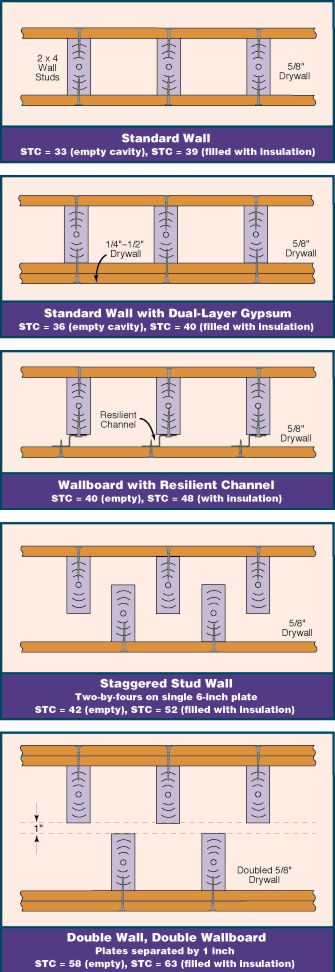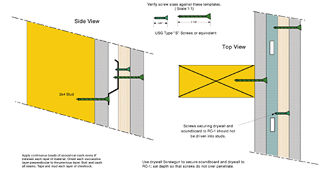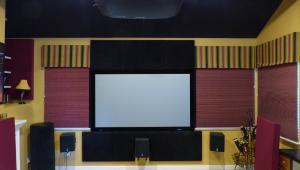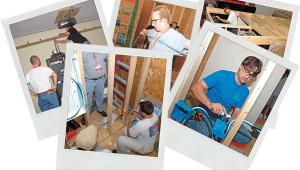Design the Ultimate Home Theater– On a Budget Page 2

An additional benefit of a raised wood subfloor is that it absorbs some low frequencies, which is good. Otherwise, these frequencies just reflect off of the original concrete floor. A wood floor also vibrates with low frequencies, to some extent, creating a more-tactile experience. A raised floor that has at least a 3- or 4-inch air space under it will vibrate even more. This technique is used in the screening rooms at Lucasfilm and Dolby Labs. Anthony's and Russ' clients like the added low-frequency feeling as the subwoofer's bass energy transfers through the floor.

If we had a bigger budget, we might have rebuilt our existing wall structure on top of a floating floor to improve isolation. Our current walls are made with a typical two-by-four frame and a single layer of drywall. Adding layers of drywall inside the theater can make the walls too rigid and contribute to boomy bass, and the added mass from the additional drywall has a minimal impact in terms of improved transmission loss. Concrete is a good isolator (with a high STC) and is even more rigid than multiple sheets of drywall, but it will make the bass even boomier. Better alternatives might be to build a second interior wall or to use a staggered-stud configuration.





























































